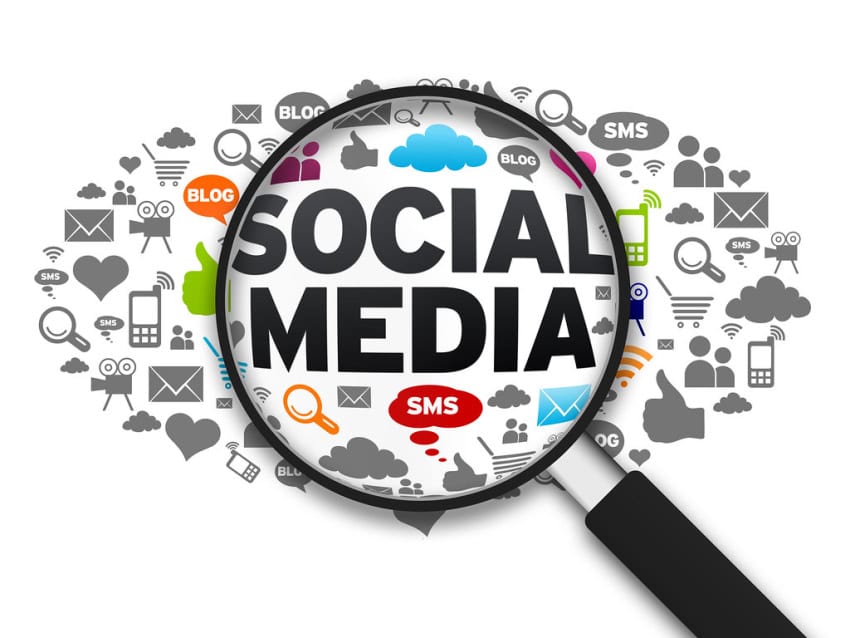Cancer is the most dangerous disease globally, but have you heard about social media? Yes, it is more vicious than cancer. It is an addictive and never-ending disease. Either you can use social media till death, or it will become the reason for your death. Social media provides information and entertainment, makes communication easier, keeps us updated, helps build communities, etc.
However, nowadays, the use of social media has become harmful for all. While social media has its benefits, it can sometimes lead to excessive comparison, cyberbullying, and even addiction. Teens need to find a healthy balance and use social media responsibly. Too much time on social media can lead to bullying, depression, sleep problems and anxiety. Social media is the main factor affecting teenagers’ mental health.
These adverse effects include cyberbullying, the spread of misinformation, addiction, social isolation, cyberstalking, harassment, a decrease in privacy, inappropriate content and many more. Parents, educators, and teens themselves need to be aware of these risks and take steps to mitigate them. Encouraging open communication and teaching digital literacy can help teens navigate social media more healthily.
To navigate the impact of social media in a positive way, it is essential to establish healthy habits and boundaries. It is crucial to encourage teenagers to balance their online activities with offline pursuits such as hobbies, sports, and face-to-face interactions. Seeing limits on screen time, promoting digital literacy, and teaching responsible online behaviour are all essential tips.
Additionally, fostering open communication with teenagers is vital. Encouraging them to share their experiences, concerns, and challenges related to social media can help parents provide guidance and support. It is essential to create a safe and non-judgmental space where teenagers feel comfortable discussing their online experiences.
Social media has both positive and negative impacts on teenagers. Addiction to social media is like having cancer, but if we focus on the positive effects of social media, it can indeed become curable. While it offers opportunities for self-expression, connection, and creativity, it also poses risks to mental health and well-being.
Focusing on the positive side of social media while minimizing its negative impact can make it harmless. This can lead to a more balanced and healthy experience that teenagers can surely enjoy without any fear.
Remember, social media is a tool; like any tool, it can be used for positive or negative purposes. By promoting digital well-being, fostering open dialogue, and providing guidance, we can help teenagers harness the power of social media to enhance their lives, express themselves, and connect with others meaningfully.














